|
By Allison Wharton, Byrd Center Student Intern The censorship of the internet, particularly on social media, has been a topic of scrutiny and political debate this year. While social media allows for easier spread of ideas and can be used by businesses and professionals for marketing, it is widely regarded as a form of entertainment rather than a medium with any major educational value.[1] The popularity of social media in the 21st century has surpassed traditional forms of media entertainment such as television, but the debate over censorship and the purpose of social media is a continuation of long-standing discussions over the constitutionality of entertainment regulation, which has been addressed by all three branches of government over the past fifty years.[2]
Byrd also wrote about a decrease in crime rates nationally and in West Virginia, and believed that there was an increase in juvenile crime rates that was the product of culture being uncensored and marketed to children. With violence and drug use becoming more common among minors in America, Byrd maintained his stance against television, film, music, and video games depicting crime being marketed to children, arguing for regulations and an updated system of ratings for entertainment deemed inappropriate for young people. Though Senator Byrd was quite vocal about his problems with entertainment media, he also recognized the potential benefits. He believed that television and music would be better used for educational purposes than entertainment. Byrd grew up learning how to play the fiddle, recording an album and frequently playing at public appearances throughout his adult life. While arguing for regulation of the music industry, Byrd did recognize its merit. He also appeared on the show “Hee Haw,” despite his seemingly outspoken opposition to television and argued that a “Family Hour” program was necessary for the entertainment industry because it would provide appropriate forms of entertainment that could also be educational. Senator Byrd was initially lukewarm to the idea of televising floor proceedings of the U.S. Senate when C-SPAN was created in 1979. However, he came to realize the democratizing value that television coverage of the Congress could build and he ultimately became an ardent supporter of allowing cameras into the Senate Chamber in 1986. Byrd’s belief in the regulation of entertainment media was due to his hope for the youth of the country to be better educated rather than to be exposed to themes he cited as the cause for increase in juvenile crime. According to the Federal Communications Commission, material considered “indecent” is protected under the First Amendment and cannot be completely censored.[3] Various members of Congress have spoken both for and against censorship of entertainment and the Supreme Court has a long history of cases on obscenity charges and freedom of speech.[4] Byrd’s reputation as a strict constitutionalist despite rulings to protect entertainment media from censorship reflects the complexity of regulation of the entertainment industry that is still happening today. Social media serves as a form of short-term entertainment, while the shift toward more fact-based and educational usage has the potential to have a larger impact.[5] However, lack of censorship makes the validity of claims more difficult to confirm and potentially allows for the posting of more obscenities, while over-censorship or censorship of free speech would be deemed unconstitutional. The same arguments on social media regulation existed long before in discussion of the censoring of television and music. The debate on social media censorship, fact checking, and algorithmic issues are an extension of larger debates about entertainment that stretch back to the mid-20th century and continue into contemporary discourse. Sources:
[1] Stuart Cunningham and David Craig, Social Media Entertainment: The New Intersection of Hollywood and Silicon Valley, (New York: NYU Press, 2019), 8-11. [2] “A Brief History of Film Censorship,” National Coalition Against Censorship, Accessed June 20, 2020, https://ncac.org/resource/a-brief-history-of-film-censorship. [3] “Consumer Guides: Broadcast, Cable, and Satellite,” Federal Communications Commission, Last modified May 18, 2020, https://www.fcc.gov/general/broadcast-cable-and-satellite-guides. [4] “Freedom of Expression in the Arts and Entertainment,” American Civil Liberties Union, February 27, 2002, https://www.aclu.org/other/freedom-expression-arts-and-entertainment. [5] Brian Patrick Green, “What is the Main Purpose of Social Media: Entertainment or Education?” Markkula Center for Applied Ethics at Santa Clara University (blog), December 16, 2019, https://www.scu.edu/ethics-spotlight/social-media-and-democracy/what-is-the-main-purpose-of-social-media-entertainment-or-education/ By Patrick Fuller, Byrd Center Student Intern From the end of World War II until the early 1970s, a period of great economic expansion swept across the United States. The American middle class experienced substantial growth and found themselves with extra spending money. With the advent of many time-saving home appliances, many Americans also found themselves with extra time for recreation. Naturally, the excess of time and money led to the desire for travel.
By Zach Garver - Byrd Center Archives Intern
By Kyle Staubs, Byrd Center Archives Intern All of the interns and employees at the Byrd Center have our favorite photos in Senator Byrd’s Photograph Collection. The photographs in the archives had already been arranged in chronological order before I was given the task of digitizing these images. While some of them were dated by a stamp or handwritten note on the back, other photographs had to be dated by researching Senator Byrd's press clipping scrapbooks and documents. My project is to scan them and prepare access copies so that they can be accessible to everyone.
by Malorie Matos The Byrd Center is excited to announce that the Harley O. Staggers, Sr. Press Series is now open for research.
We have just finished processing Congressman Stagger’s fascinating collection of press materials and newspaper clippings. The series contains press coverage of specific topics and issues addressed by Staggers throughout his 32 years in the U.S. House of Representatives. The collection spans the entirety of Stagger’s professional life, beginning with his days as a student at Emory and Henry College in the 1920’s and ending with his retirement from the U.S. Congress in the 1980’s. By Malorie Matos
At the Byrd Center, it is our goal to make as many of our archival records available to the public as possible. We re-house, organize, and compile records into easy-to-use finding aids so researchers can directly access documents in our collection. But what if some of those documents are more important than others? Senator Byrd’s Congressional Papers Collection contains a wide variety of correspondence from VIPs: fellow members of Congress, foreign dignitaries, celebrities, and presidents. While we want these important documents to be available for public research, any loss or damage sustained through that access would be detrimental to the archives. In order to reconcile our responsibility to protect the documents in our care and our responsibility to share these records with the public, we have taken several precautionary steps. By Malorie Matos It was nearly one year ago that Byrd CLS Intern Malorie Matos began working on processing Senator Byrd’s Press collection. For months, Malorie and fellow intern Sarah Brennan sorted through almost 50 boxes containing thousands of press releases and related congressional documents. Malorie and Sarah arranged and re-housed everything, detailing the entire process in this Post from the Archives blog last October.
We are pleased to announce that the collection is now fully processed and ready for researchers! |
Welcome to the Byrd Center Blog! We share content here including research from our archival collections, articles from our director, and information on upcoming events.
Categories
All
Archives
July 2023
|
Our Mission: |
The Byrd Center advances representative democracy by promoting a better understanding of the United States Congress and the Constitution through programs and research that engage citizens.
|
Copyright © Robert C. Byrd Center for Congressional History and Education
|

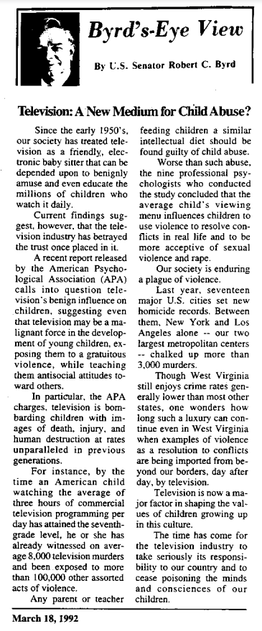

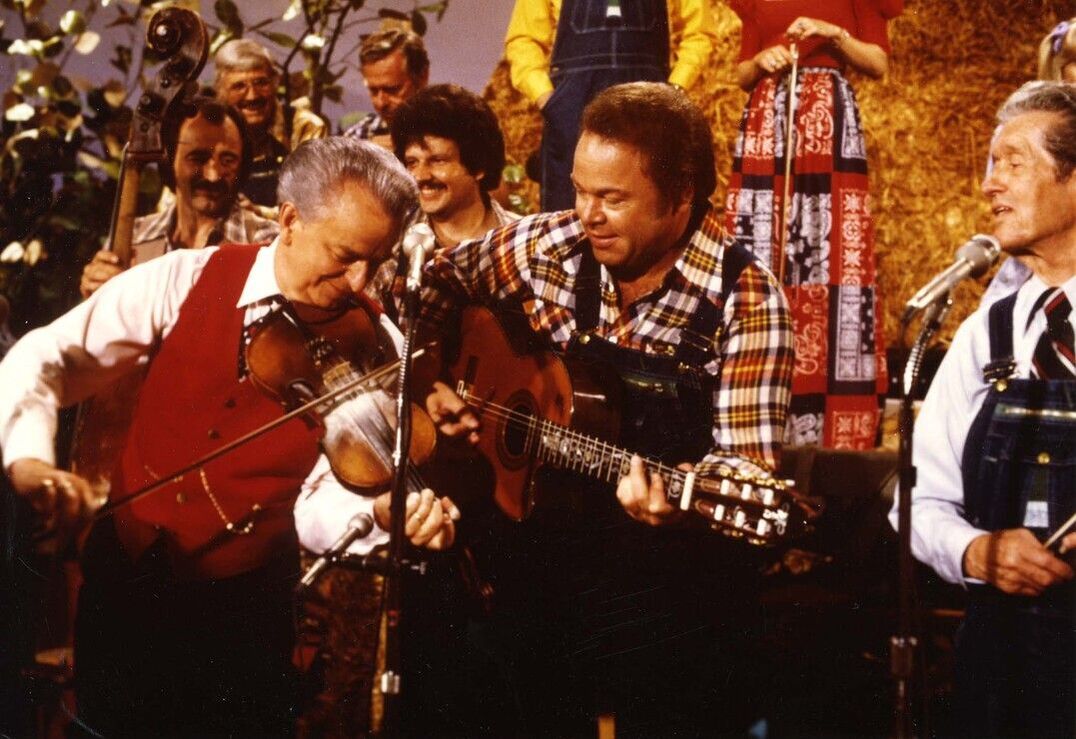
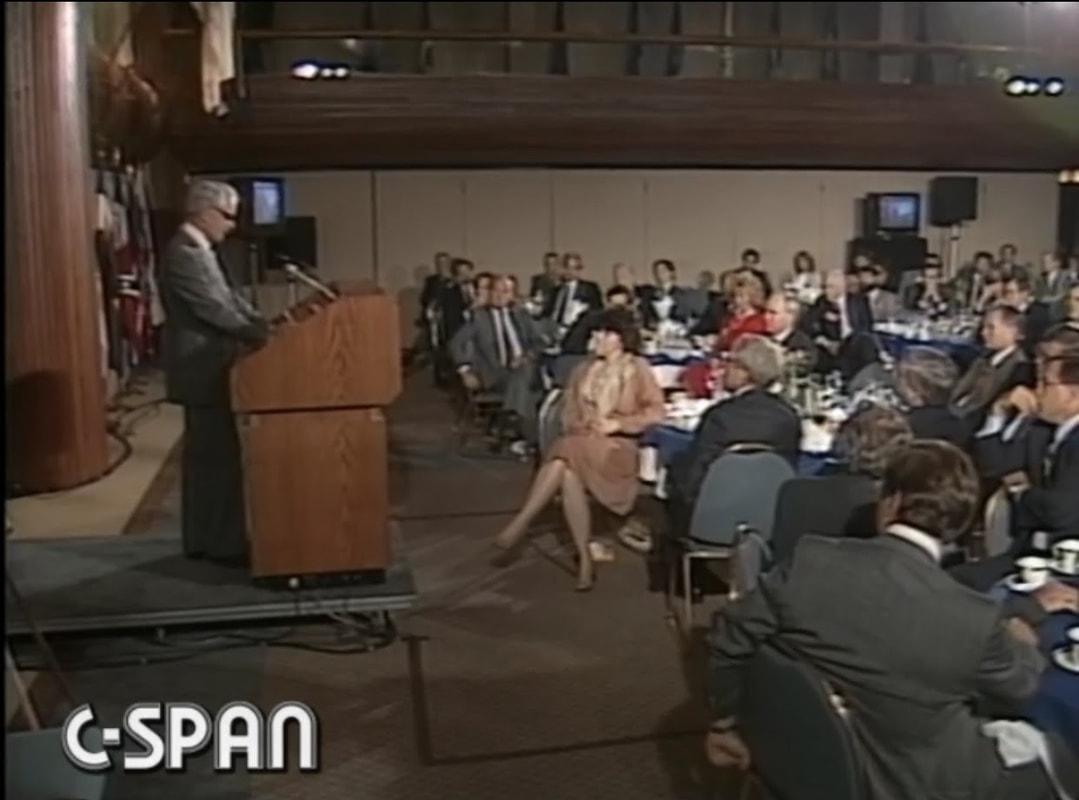
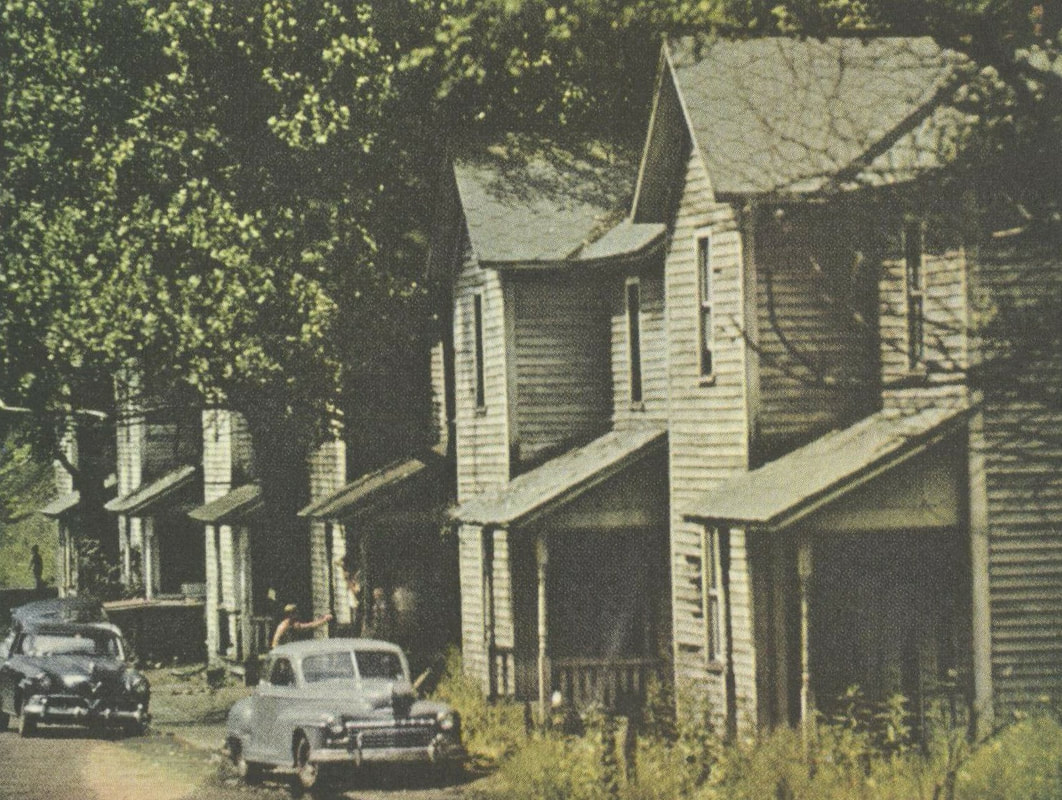
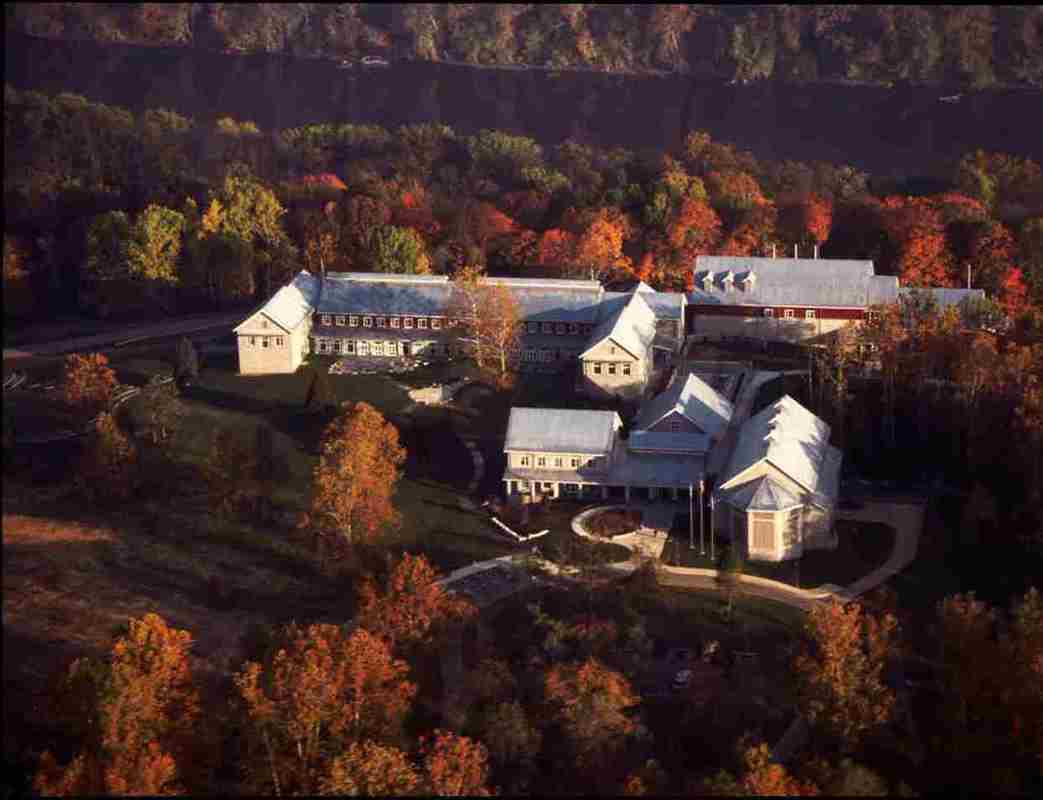
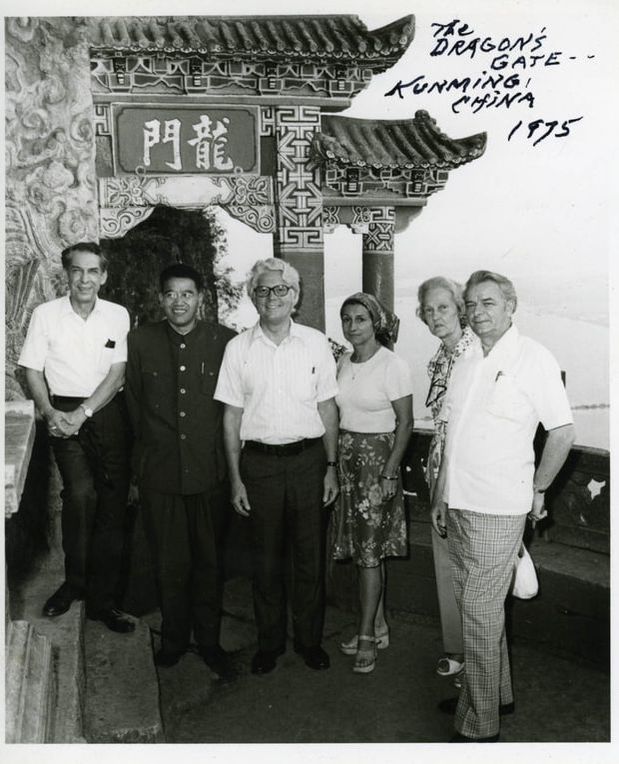
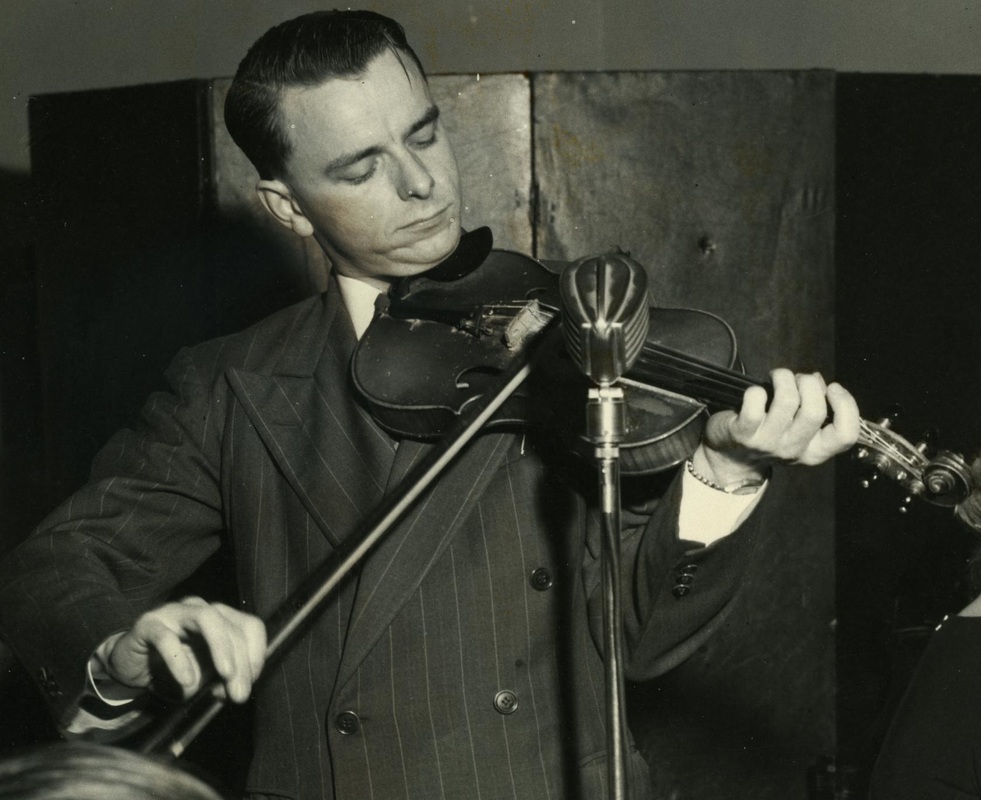
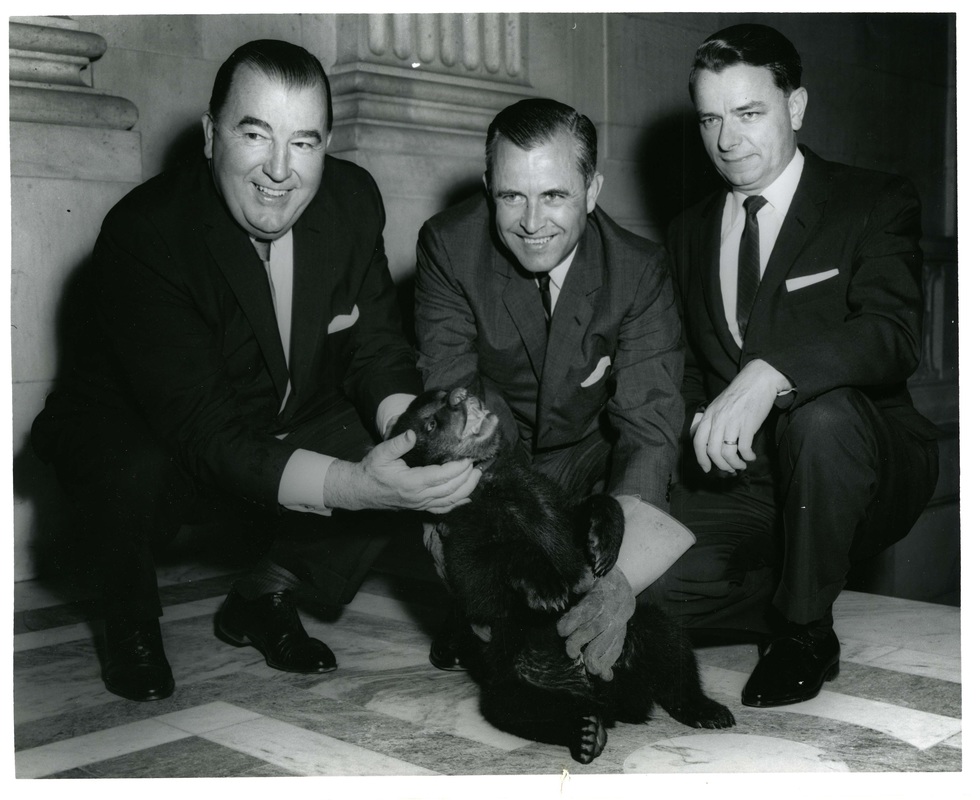

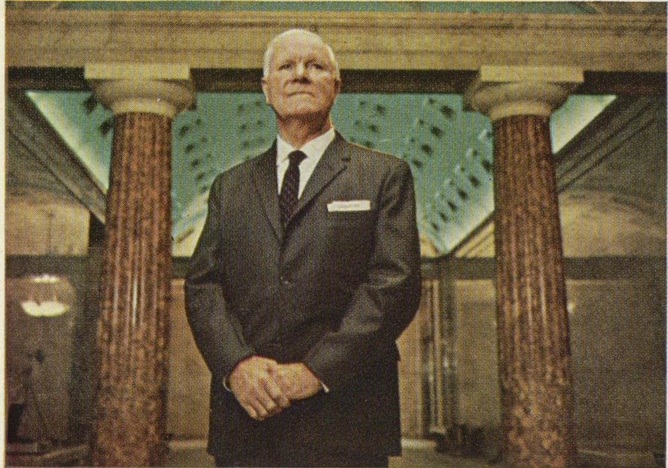

 RSS Feed
RSS Feed
